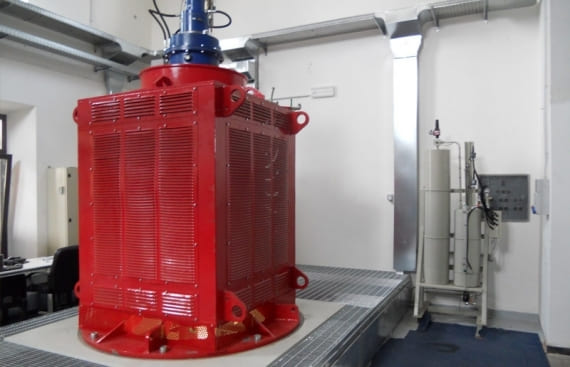The Cormôr Plant
The current system is based on the evolution of the first plant built by the Udinese Cotton Mill in 1884 using the driving force of a nearby stream called the Ledra. With the advent of electrical energy the company’s supply systems were modernized and the first structure to undergo redesigning was the second power plant.
During the First World War the plant was severely damaged and the only surviving parts were the hydraulic motors and some power alternators. In the '40s the hydroelectric plant, Cormôr, was updated, but a few years after the outbreak of the Second World War occurred though no further damage was done to the structure.
Tangible evidence of the quality of the system is shown by the amount of energy produced. Until 1978, the year in which the Udinese Cotton Mill was closed, the plant supported the energy needs of production as well as heating and transports. Today, thanks to the work of the Ledra-Tagliamento Recovery Consortium and interest of the Exhibition Center, the hydroelectric plant can once again produce sustainable energy.
General Fluidi for the environment
General Fluidi has worked with other companies that specialize in hydraulic and electrical works to bring the Cormôr plant back to its maximum efficiency. More specifically, the company has designed and installed a new regulation and safety system for the Kaplan turbine with dual adjustments present in the structure.
Because of its high rate of innovative teamwork, this project is a tangible example of the efforts made by General Fluidi in study and research of co-generation plants. This field deals with environmentally sustainable plants that are built with renewable resources in which a company can trust and invest in for a more green present and future.


